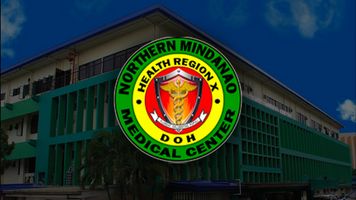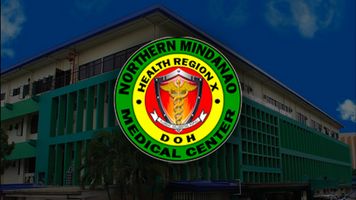Title Page
-
Conducted on
-
Prepared by
-
Location
STANDARD PRECAUTIONS
Hand Hygiene
-
High visibility signs on educational literature on hand hygiene
-
Availability of hand washing area (with soap & water) and/or touch-free/ personal hand sanitizers anad hand dryers/disposable hand towels in all areas of the ER:
-
Triage
-
Resuscitation Bay
-
OB-ER
-
Isolation Room
-
Decontamination room
-
Minor operating room
-
Fast lane: Dengue & ORT
-
Internal Medicine
-
Pediatrics
-
Surgery
-
Orthopedics
-
ENT and Ophthalmology
-
Hand hygiene performed by ER staff as indicated*
Use of PPE
-
Proper sequencing of DONNING PPE upon room entry for Level 3 as follows: surgical gloves - N95 mask - googles/face shield - cap - disposable gown/impermeable coveralls
-
Level 2 : N95 mask — goggles/face shield
-
Proper sequencing of DOFFING for Level 3 as follows: disposable gown/impermeable coveralls - cap - googles/face shield - N95 mask - surgical gloves
-
Level 2: goggles/face shield — N95 Mask
-
During Doffing, always sanitize gloves bet. each step and sanitize/wash hands at the end
-
Remove and replace any PPEs with breaks/leaks
-
Remove all used PPEs as soon as duty ends properly discarding at the designated area before exiting
-
Used PPEs are placed in appropriate waste disposal area and properly sanitized
Use of Needle sticks and Sharp Objects
-
Proper orientation of health workers on the use and disposal of sharps including reporting and monitoring of needle pricks
-
Practice aseptic techniques during usage of needles (with IV insertion or blood extractions)
-
Never recap used needles but discard in proper sharps disposal
TRANSMISSION-BASED PRECAUTIONS
-
Appropriate patient placement in a single patient space, observing at least 1 meter distancing of ER beds
-
Limit to 1 watcher per patient
-
At least 1 meter of physical distancing for ambulatory ER consults
-
Patients and watchers wear masks
-
Proper cough etiquette is observed at all times
-
Limit patient transport and movement inside the ER
-
Equipment commonly used for multiple patients is cleaned and disinfected every after patient use
-
Avoid ambubagging, instead directly attached patient to mechanical ventilation
-
Use aerosol boxes and nebulization chambers
ENVIRONMENTAL CONTROLS
-
Clean and disinfect all surfaces (tables, chairs, floors and other high contact areas) every 4 hours
-
Waste is covered and segregated
-
Availability of PPE disposal container with cover
-
Has designated person to regularly collect and dispose wastes and used PPEs
-
Disposal of sharps to properly designed sharps container
-
Proper usage of ER work areas; eating of staff should be done at pantry area or other designated area
-
Use laminar air flow systems and if feasible install central or point-of-use HEPA filters for supply (incoming) air
-
Ventilate the room to maintain >12 ACH have means to monitor
-
Have means to monitor airflow patterns
Ambulance Transport
-
Staff wears Level 3 Protection PPEs
-
Proper dons and doffs PPEs
-
Proper waste segregation and disposal of PPEs
-
Cleans and disinfects the ambulance, equipment and staff every transport of patient
moments of hand hygiene include:
-
before touching the patient
-
before aseptic procedure
-
after body fluid exposure risk
-
after touching the patient
-
after touching the patient’s surroundings
-
after doffing of PPEs















